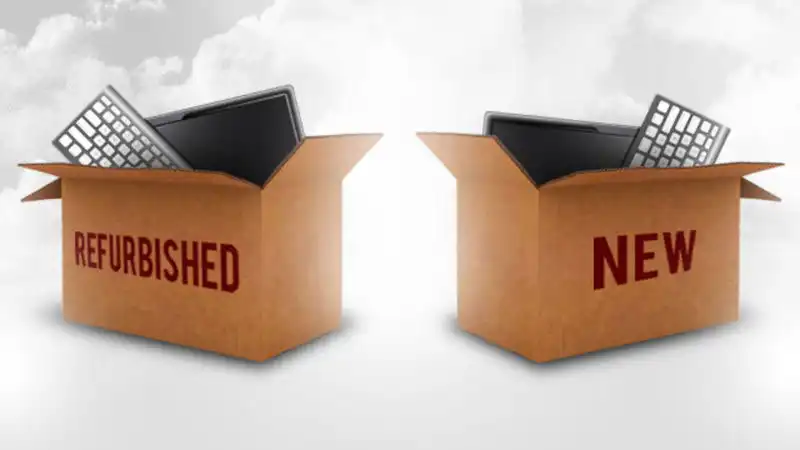When it comes to buying electronics, the decision between a new and refurbished product can be a tough one. While new devices often come with the latest features and warranties, refurbished options can offer significant savings. In this post, we’ll explore the pros and cons of both new and refurbished electronics to help you make an informed decision.
Understanding Refurbished Electronics
Refurbished electronics are products that have been previously owned or used, but have been restored to like-new condition. This restoration process typically involves:
- Inspection: A thorough inspection to identify any defects or damage.
- Repair: Any necessary repairs are made to restore the product’s functionality.
- Cleaning: The product is cleaned and sanitized.
- Testing: The product is tested to ensure it meets quality standards.
Refurbished electronics can come from various sources, including:
- Manufacturers: Some manufacturers offer their own refurbished products, often with warranties.
- Retailers: Retailers may sell refurbished electronics purchased from customers or suppliers.
- Third-party sellers: Online marketplaces and auction sites often have a variety of refurbished electronics available.
The Pros of Refurbished Electronics
Refurbished electronics offer several advantages over new products:
- Cost savings: Refurbished products are typically significantly cheaper than new ones, making them a great option for budget-conscious consumers.
- Reduced environmental impact: Buying refurbished electronics helps to reduce electronic waste and conserve resources.
- Similar performance: In many cases, refurbished electronics perform just as well as new ones.
- Warranty coverage: Many refurbished products come with warranties, offering similar protection as new products.
The Cons of Refurbished Electronics
While refurbished electronics offer many benefits, there are also some potential drawbacks to consider:
- Limited availability: Refurbished products may not be available for all models or brands.
- Cosmetic imperfections: Refurbished products may have minor cosmetic imperfections, such as scratches or blemishes.
- Shorter lifespan: Some refurbished products may have a shorter lifespan than new ones, especially if they have been previously repaired.
- Uncertainty about previous use: It can be difficult to know the history of a refurbished product, including how it was used and if it was subjected to any abuse.
Factors to Consider When Choosing Between New and Refurbished
When deciding whether to buy a new or refurbished electronic, consider the following factors:
- Budget: If you’re on a tight budget, a refurbished product may be the best option.
- Desired features: If you need the latest features and technology, a new product may be preferable.
- Risk tolerance: If you’re comfortable taking a risk, a refurbished product can offer significant savings.
- Warranty coverage: Compare the warranties offered by new and refurbished products to determine which provides better protection.
- Reseller reputation: If you’re buying from a third-party seller, research their reputation to ensure you’re dealing with a reputable company.
Tips for Buying Refurbished Electronics
If you’re considering buying a refurbished electronic, here are some tips:
- Research the seller: Look for sellers with a good reputation and positive reviews.
- Ask about the refurbishment process: Inquire about the steps involved in restoring the product to like-new condition.
- Check for warranties: Make sure the product comes with a warranty and understand the terms and conditions.
- Inspect the product: If possible, inspect the product in person or ask for detailed photos to check for any cosmetic defects.
- Consider a refurbished model from the manufacturer: Buying a refurbished product directly from the manufacturer can offer peace of mind and additional warranty coverage.
In conclusion, both new and refurbished electronics have their own advantages and disadvantages. By carefully considering your budget, needs, and risk tolerance, you can make an informed decision about whether to buy a new or refurbished product.


